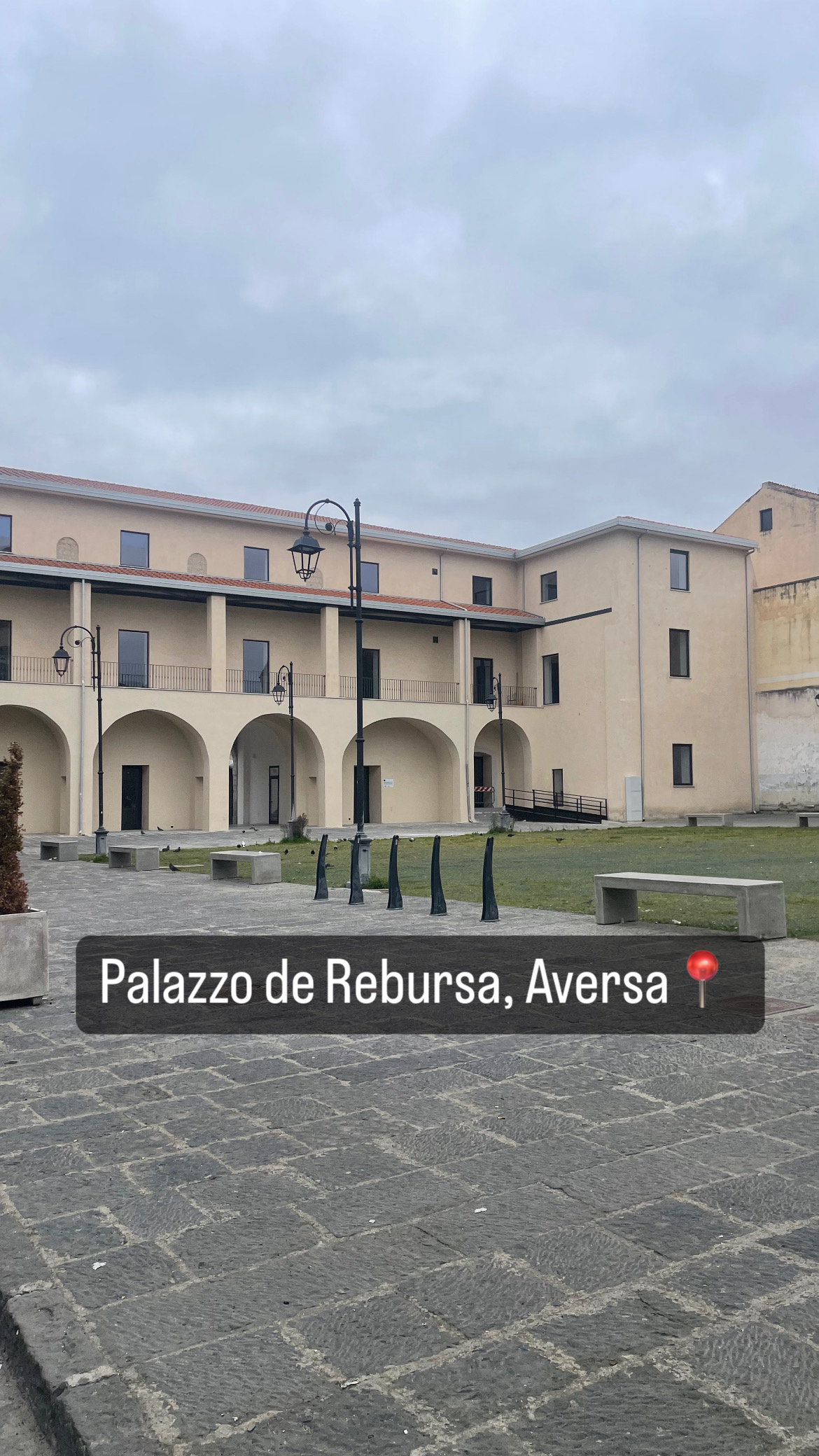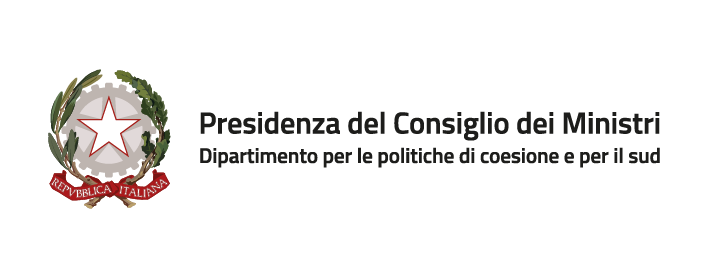
PON FESR is an acronym which stands for European Funds dedicated to regional development Aversa received in large amount, nearly 3M euros, to invest between 2014-2020. These funds have been allocated to the project called ‘’I sagrati delle 100 Chiese’’ (ed.100 churchyards). It is just one of the European allowances out of a group of five important fundings for local projects in favor of ‘culture and tourism’ Aversa has received since 2009. Aversa is well known in Campania as the town with 100 Churches, 100 monuments that link us to our effulgent past when, in the far 1030, the town was founded by the Normans and was the county seat of a broad area with a majestic bishopric centre. Our team “Stop in Square” decided to investigate this project since we feel directly involved as European citizens in how investments are used for our community and we wondered whether Aversa has the right elements to be included in artistic itineraries of national relevance. In our study, we will compare our PON with funds invested on a similar project in Reggio Emilia, Emilia Romagna: “Recupero e restauro funzionale dell’Ex complesso benedettino di San Pietro”. It sees the regeneration of an ancient religious area into a space of public and cultural utility with room for photographic exhibitions, a museum and outdoor concerts and other activities to be held in its courtyard.
It is clear that Aversa used an amount of funds 8% higher than Reggio Emilia globally. (see FIG 1 - Aversa vs Reggio Emilia ) Furthermore, we noticed that these funds have dissimilar compositions: 75% of our funds come from European Union, 17% are Rotation Funds and 8% are Development and Cohesion funds; as for Reggio Emilia, European Funds are 43% lower than those allotted to Aversa, the largest part of their fundings being composed of town funds (35%) and of Regional funds for a further 10%. The Reggio Emilia project is for us an inspirational one as we know that our churchyards have similar developmental aims. It would be enough to consider Palazzo de Rebursa for instance, one of the sites included in our “100 Churchyards”: it belongs to the religious monumental complex of San Francesco, in the heart of our town. We learn from the web page of Regione Campania[1] that this complex is destined to host a Law Museum in which there will be on display also archeological rests confiscated to Mafia recovered by public security forces. Moreover, the church adjacent to Palazzo de Rebursa, dedicated to san Francesco D’Assisi, treasures a stunning “Assunzione” painted by Il Guercino, a Baroque painter (XVII c). And this is only one example of the wide artistic religious richness we own. We have 100 churches and churchyards of amazing beauty. It is a clear evidence that Aversa can be included, fully fledged, in the rich religious and artistic touristic offer of our country. In Italy, according to ISNART, religious tourism contributes to national economy for 1.5% on the total tourist flow with 5.6 M tourists. 2% of the income is due to the international demand, with 3.3 M foreign tourists, and 1.1% to the domestic demand, with 2.3 M Italian tourists (see FIG 2 - Religious Tourism in Italy). At a closer glance, data show that the main beneficiaries are pilgrims, adults aged 30-50, who travel mainly during off-peak months, spending on average 52 euros per day; Italians spend 28% more than foreigners. More interesting for us is the information that 42.4% tourists choose Italian places depending on their artistic and cultural offer, whereas 26.3% wish to visit new sites. Finally, 21.1% is interested in getting to know the habits of local populations.
In conclusion, Reggio Emilia local government has already succeeded in the opening of their asset for public use, while we are still waiting to know which future perspectives are reserved to our Palazzo de Rebursa. In our opinion, the difference in the composition of the funds played a fundamental role: the involvement of the citizenship and their governors as direct investors led to a faster accomplishment. We maintain that Aversa's economical growth could surely benefit from its valuable cultural heritage with its two aces in the hole: our town is well connected to Rome, Naples and Caserta thanks to an important railway station and to the underground transport system towards Naples. Due to these efficient links to the national territory and to the surrounding areas and thanks to the fact that in Aversa we can rely on the best restaurants in the area, we have good reasons to believe that we could benefit from the income deriving from a further development of local tourism; but we are also aware that the raise of new accommodation establishments is needed - currently in town we have only 3 hotels and 5 B&Bs- together with the implementation of a public (or private) green transport system within Aversa. Our local economy would definitely benefit from the use of the 100 churchyards and of the annexed churches to attract tourists and to include our town in recommended religious and touristic itineraries. The idea of preservation of ancient architecture needs to be protected and at the same time, it is important to offer the historical site to the modern citizenship and make it functional to their new destination of use. This might be the secret of long lasting conservation programs.
[1] https://porfesr.regione.campania.it/it/news/coesione-in-corso-1bfs/pics-...















